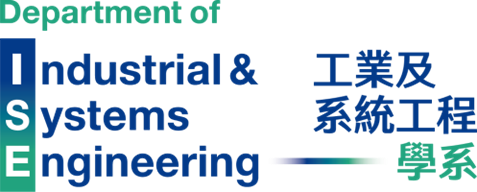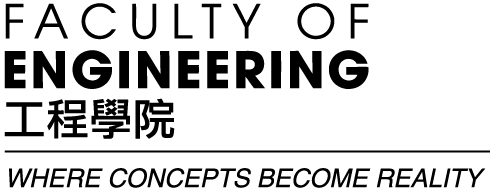Seminar on "Microfluidic Turbulence"
Seminar
-
Date
08 May 2017
-
Organiser
Department of Industrial and Systems Engineering, PolyU
-
Time
15:00 - 16:00
-
Venue
EF619
Speaker
Dr. Lam Yee Cheong
Summary
Microfluidics, the technology for manipulation of fluid flow in microchannels, has found numerous applications in various fields, such as biomedical diagnosis and chemical analysis. In the exploitation of this technology over the past few decades, various anomalies in microfluidic flows which are counter-intuitive have been discovered. This presentation will first provide a brief overview of my research group and subsequently focus on one such phenomenon, namely flow turbulence in a microfluidic channel.
In fluid dynamics, turbulence is conventionally recognized as an inertia-driven phenomenon that occurs at high Reynolds number (Re > 2300 in pipe flows). In microchannels, viscous liquid flows are typically laminar because of the low Reynolds number constraint. However, by dissolving a small amount of polymer additives (≈ 0.1 - 2 wt%) into an aqueous solution, the flow behavior can become drastically different and turbulent i.e. viscoelastic turbulence. As the polymer molecules are normally invisible, the indirect deduction of molecular behavior via motion analyses of tracer additives has been adopted as the main investigative approach in viscoelastic turbulent flows. Based on this approach, we investigated a viscoelastic turbulent flow field generated by a 3-stream flow, through a contraction-expansion microchannel. Our results show that the generated turbulence bears many similarities to that of inertia-driven turbulence. Specifically, the flow field exhibits characteristics of 2-D turbulent flows, from which information on the molecular and bulk properties of the viscoelastic liquid could be extracted.
To confirm and to understand the rather counter-intuitive effect of the small amount of polymer molecules causing bulk turbulence, we have developed a high-speed molecular imaging technique to directly observe the polymer molecular conformation changes (i.e. extension and relaxation) in a turbulent flow. With the developed technique, the dynamic molecular conformation changes could be correlated with the statistical properties of the flow field obtained based on the conventional approach.
Keynote Speaker
Dr. Lam Yee Cheong
50 Nanyang Avenue
School of Mechanical & Aerospace Engineering
Nanyang Technological University
Dr. Lam graduated in Mechanical Engineering, Melbourne University in 1979 with first class honours and was awarded the Dixon Scholarship for “Outstanding Academic Achievement”. He obtained his Ph.D. in 1983 from the same University and was awarded the M.H. de Fina Memorial Prize for “The Best Postgraduate Student in the Department”. Dr. Lam is currently a Professor and Associate Chair (Faculty) in the School of Mechanical and Aerospace Engineering (MAE), Nanyang Technological University (NTU). Before joining NTU in 1997, Dr. Lam was a Reader with the Department of Mechanical Engineering, Monash University, Clayton Campus. He was the National President of the Australian Fracture Group; a Director of the Far East Oceanic Fracture Society, Head (Monash Node) of the Co-operative Research Centre of Advanced Composite Structures (CRC-ACS), and was the Program Coordinator for its Tooling and Repair Tasks. He was awarded a plaque by CRC-ACS in 1997 “In Recognition of Service to CRC-ACS”. In 1999, he was invited by the University of Melbourne, Australia to deliver the prestigious Tewksbury Lecture. In 2006, he was invited by Monash University, Australia to deliver the prestigious 2006 Harold Armstrong Memorial Lectures.



